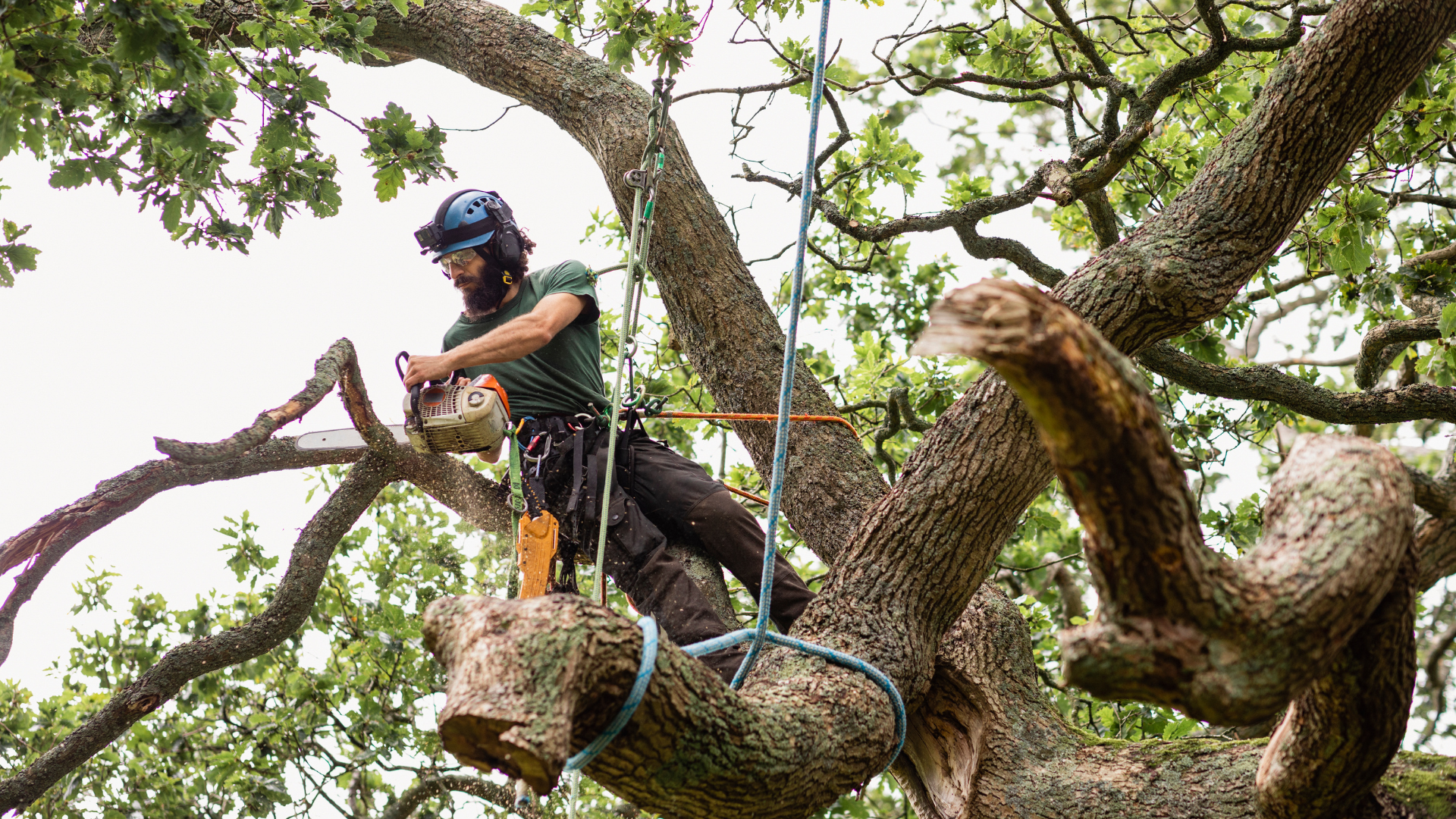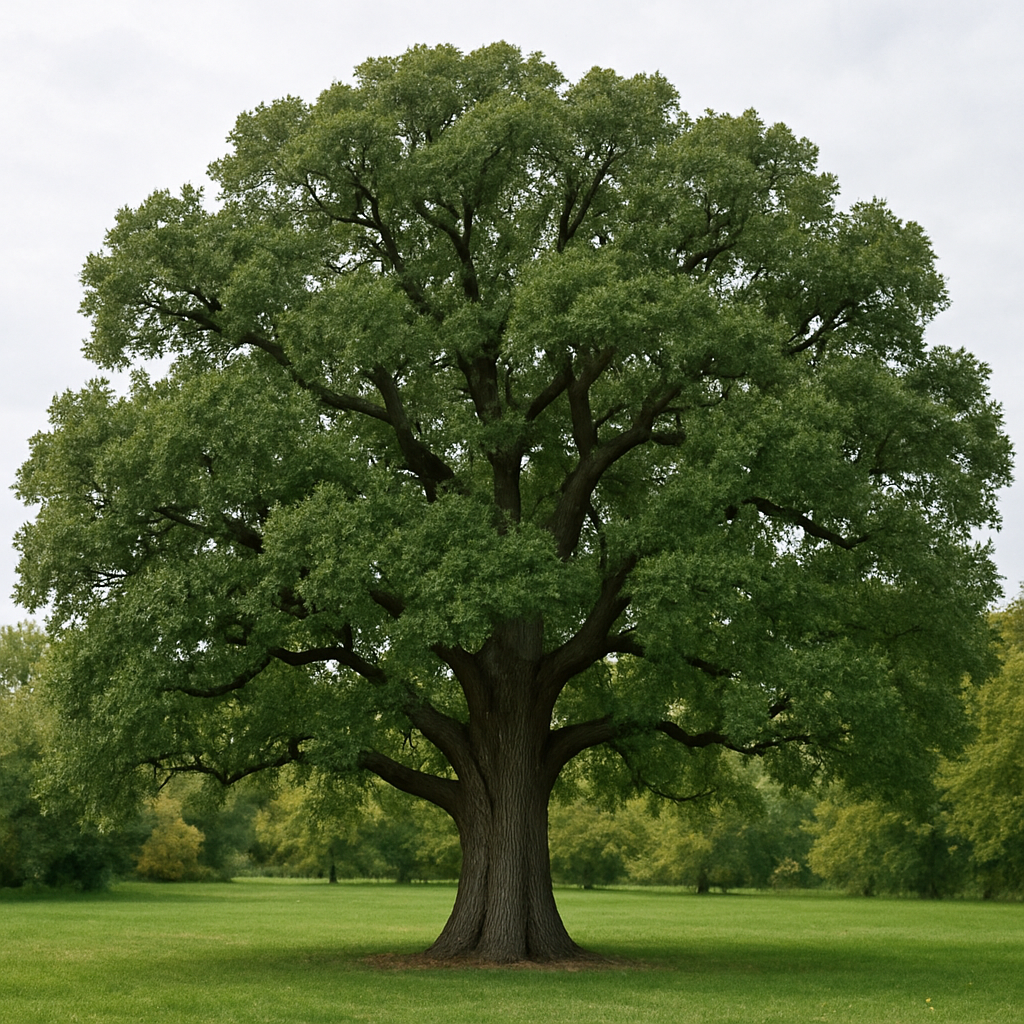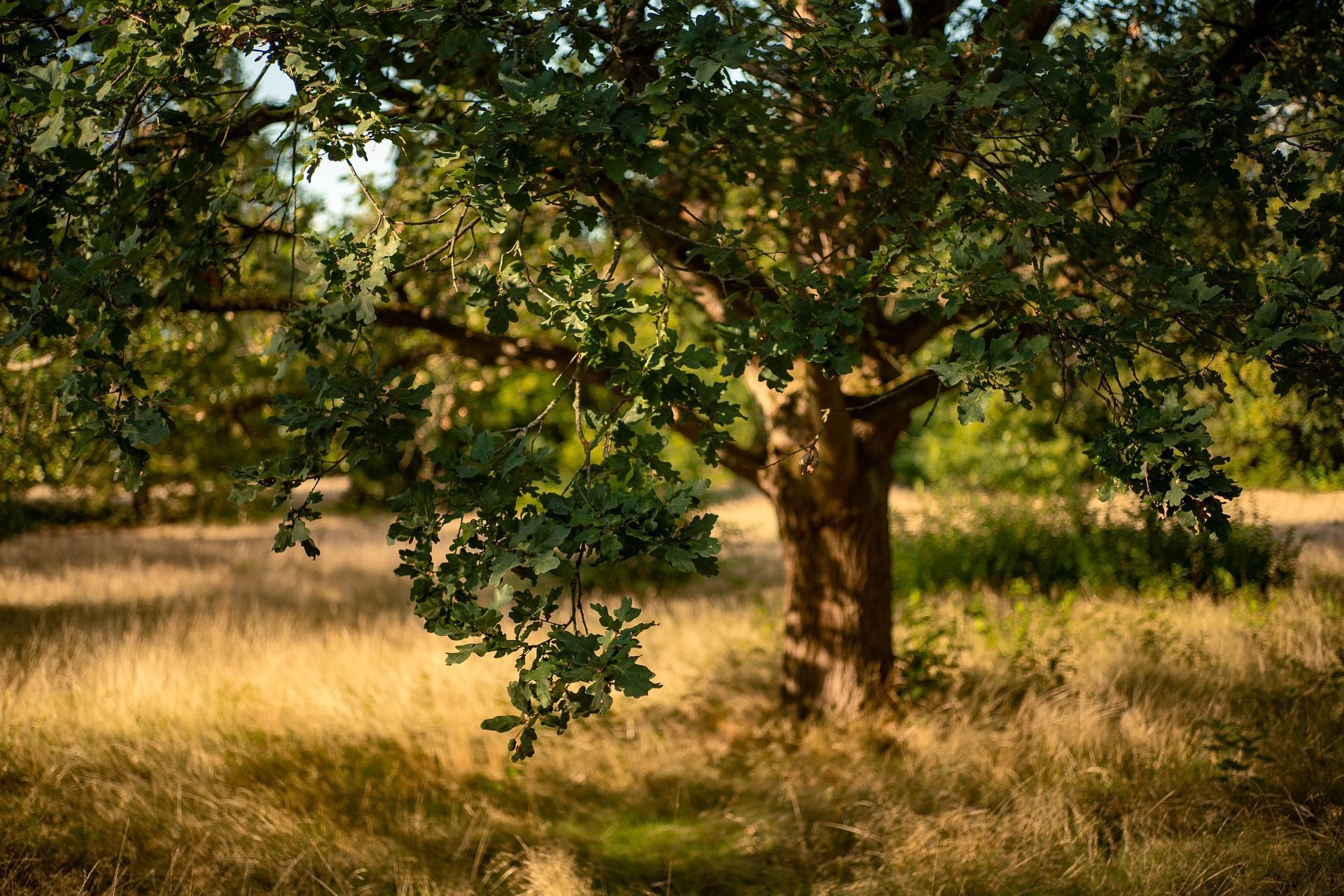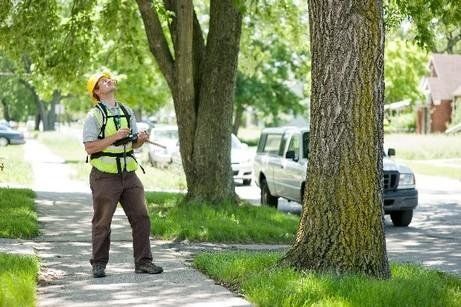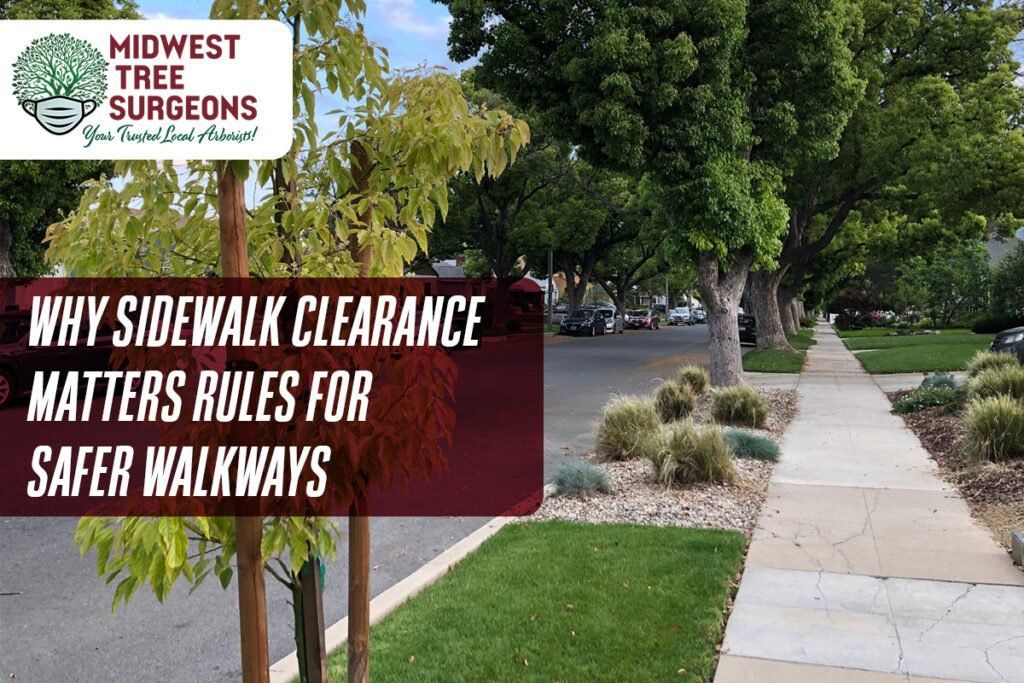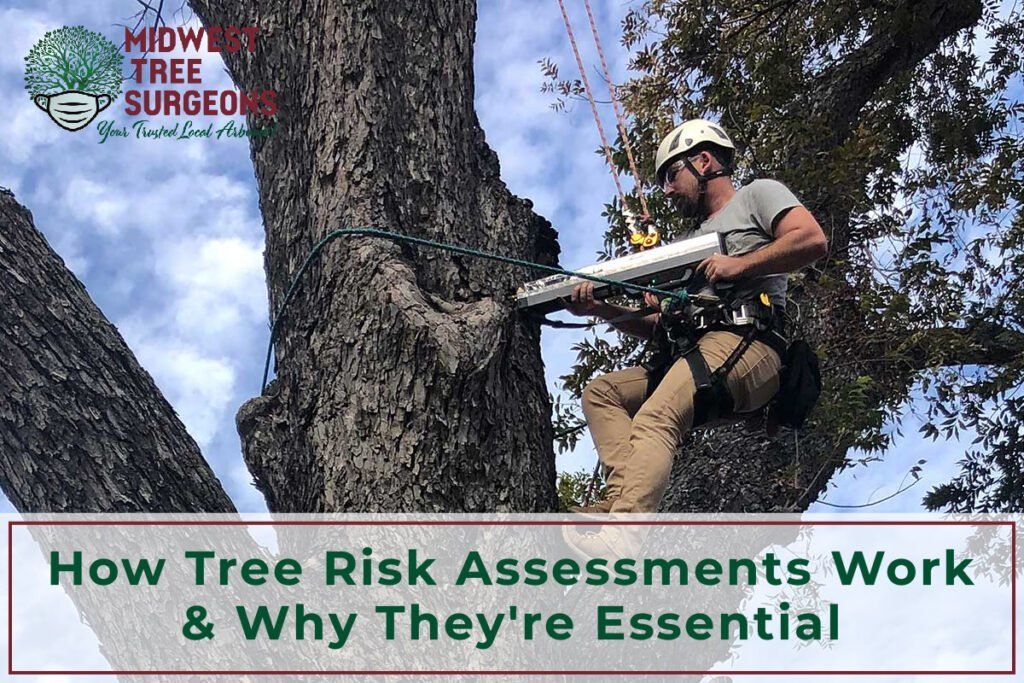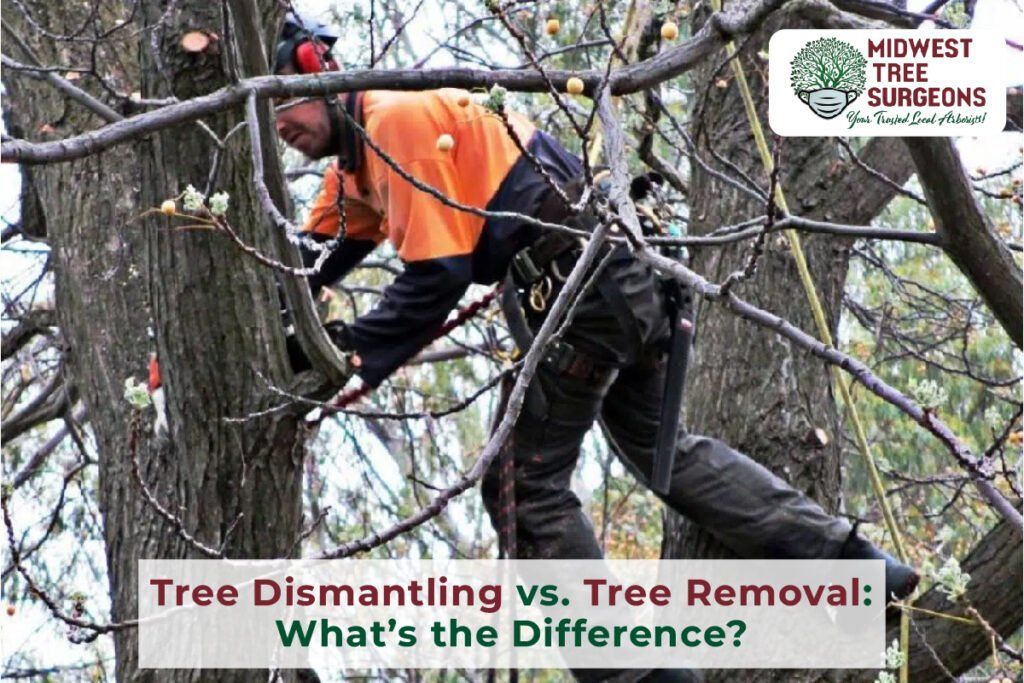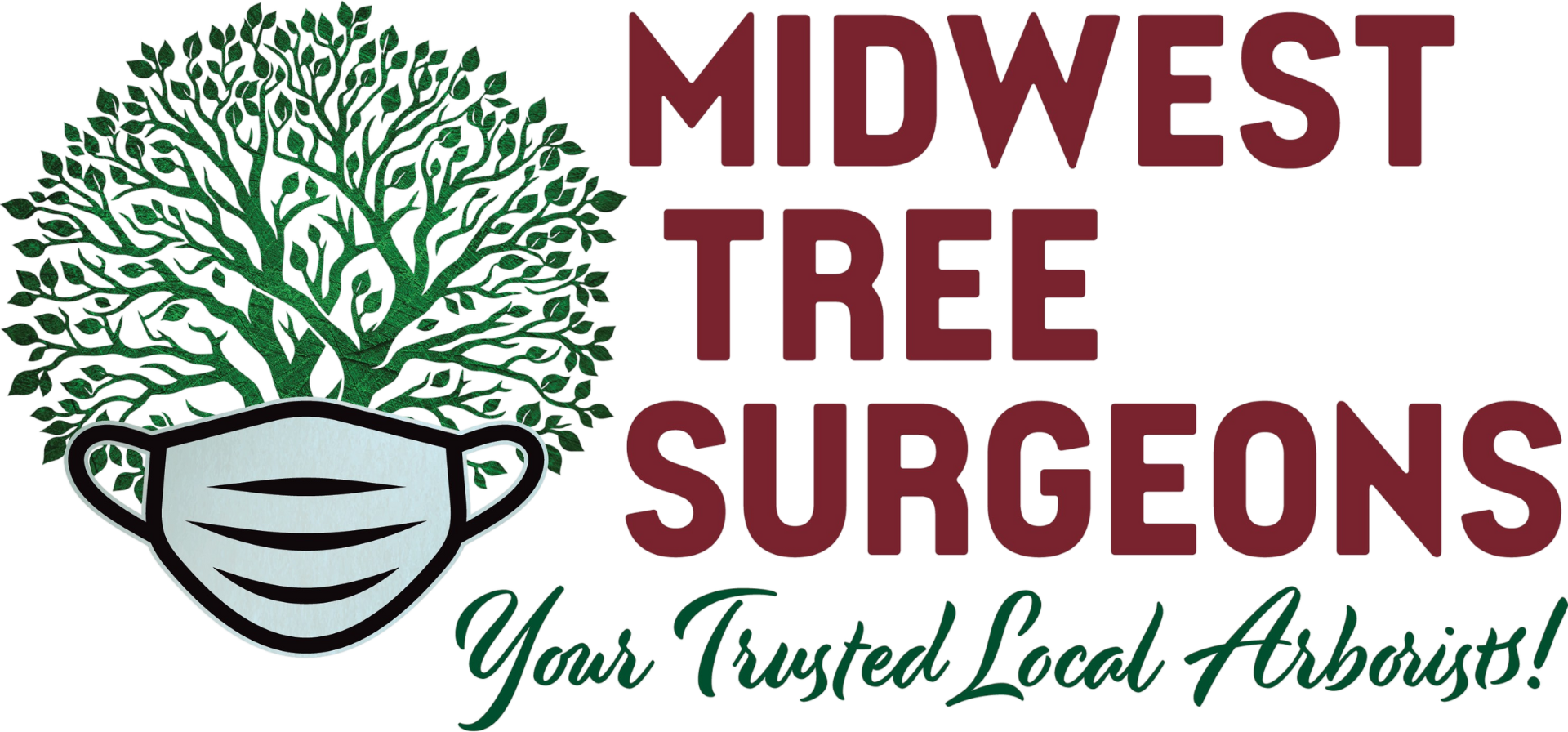Aerial Tree Felling: A Safe Approach to Tree Removal
When it comes to tree removal , safety is always the top priority. Whether you’re dealing with a tree that’s become hazardous, has been damaged in a storm, or simply needs to be removed for aesthetic or construction reasons, aerial tree felling is often the safest and most efficient option. Aerial tree felling allows tree removal professionals to work from elevated positions, making it possible to remove a tree piece by piece with precision and minimal risk.
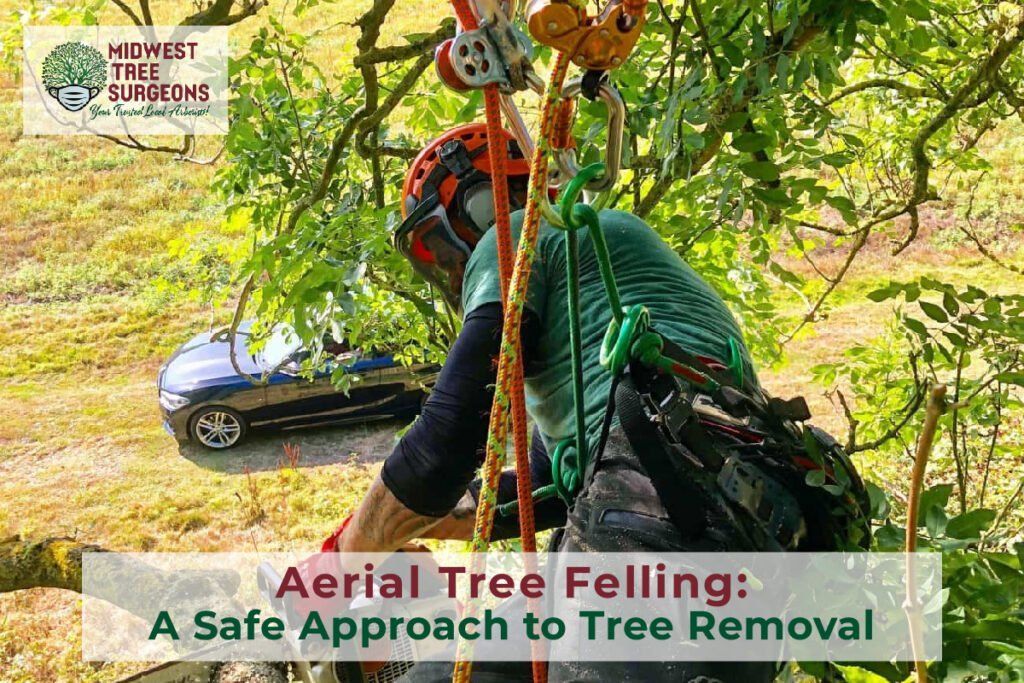
In this blog, we’ll explore the concept of aerial tree removal , including why it’s a safe approach, the equipment used, and the advantages it offers over traditional tree removal methods. We’ll also answer some common questions about high-altitude tree felling and when this method is ideal for your needs.
What is Aerial Tree Felling?
Aerial tree felling involves the removal of a tree from an elevated position, usually with the help of specialized equipment like a crane, bucket lift, or ropes. In contrast to traditional tree cutting , where a tree is felled all at once, aerial tree removal takes a more controlled and systematic approach. The tree is dismantled piece by piece, with limbs and branches being carefully cut and lowered to the ground.
This method is especially useful when trees are located in challenging or hard-to-reach areas. For example, when a tree is near a building, power lines, or other structures, tree cutting with a lift can provide greater control over the removal process. Instead of relying on gravity to bring the tree down all at once, aerial limb removal allows arborists to safely remove each part of the tree in a controlled manner.
Why Aerial Tree Felling is Safer
One of the biggest advantages of aerial tree felling is its safety. Traditional tree removal methods can be risky, especially if the tree is near structures, power lines, or other obstacles. Falling a tree in one motion can be unpredictable, and even experienced tree removal professionals face the risk of injury or damage to property.
In contrast, high-altitude tree felling offers more control. Arborists can work from a bucket lift or crane , using ropes and harnesses to lower limbs down in manageable sections. This minimizes the risk of branches or limbs falling unexpectedly and causing damage. Furthermore, working from an elevated position allows tree removal experts to assess the situation more clearly and determine the safest approach.
How Aerial Tree Removal Works
The process of aerial tree removal typically involves several steps :
- Assessment and Planning
: Before any tree felling begins, arborists assess the tree’s condition, its proximity to structures, and any other potential hazards. This evaluation helps determine if aerial tree removal
is the best option.
- Setup of Equipment
: A bucket truck
, crane, or ropes are set up to give the arborists access to the tree. The equipment is positioned based on the tree’s location and the safest access points.
- Dismantling the Tree
: Using ropes, chainsaws, and other equipment, the tree is carefully dismantled. Large limbs are removed first, followed by smaller branches. Each section is lowered to the ground in a controlled manner, minimizing the risk of damage.
- Clean-Up and Disposal
: After the tree has been removed, the remaining pieces, such as the stump, are addressed. Tree stump removal
may be necessary to prevent regrowth and maintain the health of the surrounding landscape.
This method of tree felling with crane or elevated tree removal allows for a more precise and efficient approach, especially in tight or hazardous spaces.
Equipment Used in Aerial Tree Felling
The equipment used in aerial tree felling is specialized and designed for safety and efficiency. Here are some of the key tools and equipment:
- Bucket Trucks (Lifts)
: These trucks have an extendable arm that allows arborists to reach high branches safely. The lift provides a stable platform for the arborist to work from.
- Cranes
: Tree felling with cranes
is often used for very large trees. The crane can lift heavy branches or the entire tree, and it can be positioned at a distance for added safety.
- Ropes and Rigging
: Ropes are used to guide and control the descent of branches, providing greater precision during the removal process. Arborists use specialized knots and techniques to ensure control over each limb.
- Chainsaws and Saws
: Heavy-duty saws are used to cut through branches and trunks. They are lightweight but powerful enough to handle tough tree material.
- Aerial Platforms
: These platforms provide a stable, elevated workspace where arborists can safely cut limbs and branches. They are often used in conjunction with other equipment like cranes or lifts.
When is Aerial Tree Felling the Best Choice?
While aerial tree felling is incredibly useful, it may not always be the best choice for every tree removal job. Here are some situations where this method excels:
- Trees Near Structures
: When a tree is located near a building, power lines, or other valuable structures, aerial tree removal
provides the precision needed to avoid damage.
- Large or Hazardous Trees
: High-altitude tree felling
is often used for large trees or those that are unstable. Removing the tree in sections allows arborists to control the process and reduce the risk of accidents.
- Difficult-to-Reach Locations
: Trees located in hard-to-access areas, like narrow alleys or small yards, may require elevated tree removal
to ensure safe and effective felling.
- Storm-Damaged Trees
: After storms, trees may be partially broken or leaning. In these cases, aerial limb removal
allows arborists to carefully dismantle the tree without causing further damage.
If your tree is in one of these scenarios, contacting a professional for aerial tree felling is your safest and most effective option.
Benefits of Aerial Tree Felling
There are numerous benefits to opting for aerial tree felling , including:
- Precision and Control
: By using aerial equipment, arborists can work in a controlled manner, removing tree limbs one at a time to avoid damage to surrounding areas.
- Increased Safety
: Working from a height reduces the risk of the tree falling unpredictably, which is particularly important in populated or built-up areas.
- Reduced Property Damage
: Since aerial tree removal
allows for careful, piece-by-piece dismantling, it greatly reduces the risk of property damage that can occur with traditional felling methods.
- Versatility
: Whether the tree is near power lines, a house, or other obstacles, tree felling with crane
or bucket lifts
can reach those difficult spots safely.
FAQs
1. Is aerial tree felling more expensive than traditional tree removal?
Yes, aerial tree felling
can be more expensive because it requires specialized equipment and skilled labor. However, the added safety and precision often justify the cost.
2. Can aerial tree felling be done in any weather conditions?
Aerial tree felling is generally safe in dry weather, but it should be avoided in high winds, heavy rain, or icy conditions. Arborists always assess weather conditions before starting the job.
3. Do I need a permit for aerial tree removal?
In some areas, permits are required for tree removal, especially if the tree is large or located near certain structures. It’s best to check with your local authorities or an arborist before starting.
4. How long does aerial tree felling take?
The duration of the job depends on the size and complexity of the tree. Typically, aerial tree removal
may take longer than traditional felling due to the detailed, step-by-step process involved.
Final Thoughts
Aerial tree felling is a highly effective and safe method for tree removal, especially in situations where traditional techniques are not feasible. Whether you’re dealing with a tree near your home, power lines, or in a hard-to-reach area, high-altitude tree felling provides a controlled and precise solution. By working with trained professionals who use the right equipment, you can ensure that the tree is removed safely, efficiently, and with minimal disruption to your property. For your next tree removal project, consider aerial tree removal and let the experts handle it safely and securely.
The post Aerial Tree Felling: A Safe Approach to Tree Removal appeared first on Midwest Tree Surgeons LLC.

